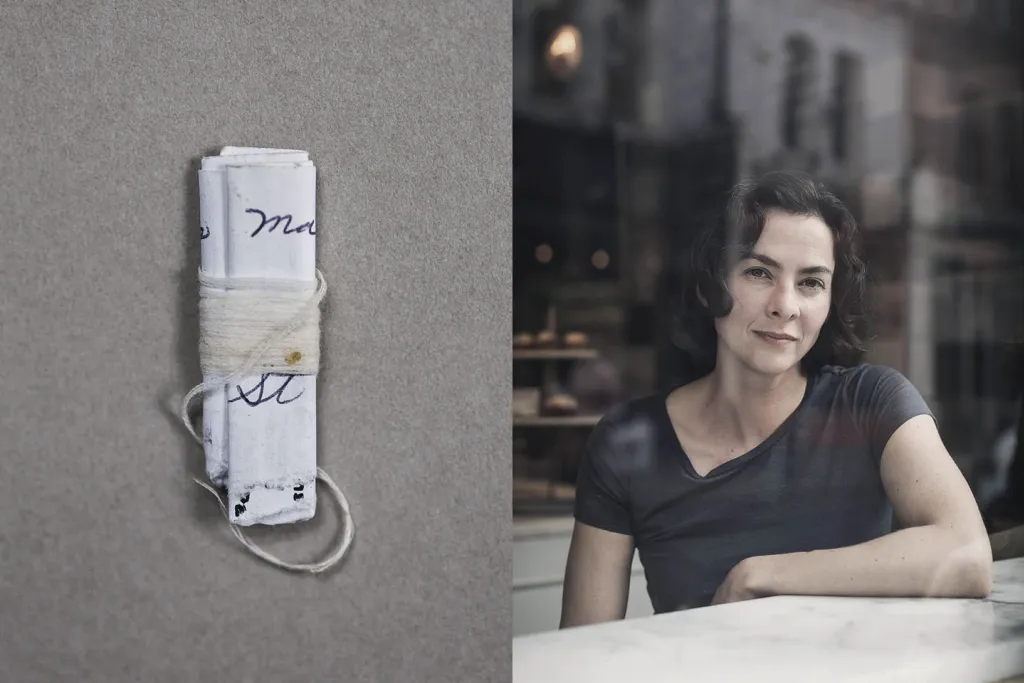William Rueck

Billy participated in our 2009 Artist Residency. He is an artist and craftsman trained in traditional wood and metalworking. In 2005 he received a BFA in Furniture Design from the Rhode Island School of Design, and his MFA in Applied Craft and Design at the Pacific Northwest College of Art and Oregon College of Art and Craft in 2012. Most recently he participated in the roaming residency Cabin Time, and works for a design-build firm in Portland, Oregon called Orange Design.
CHS: You recently participated in the roaming residency Cabin Time. Can you describe a bit about your experience, and what you made while you were there?!
WR: Cabin Time served as an incredibly ideal way to immerse myself into the beauty and isolation of the Rocky Mountains. The group of fellow residents that participated were so eager to respond to everything that landscape had to offer. Our hosts Jim and Melody were so enormously welcoming and skilled that there was hardly a moment that was starved for inspiration.
While there I built a thirty foot tall wooden tower with only a hatchet and a spool of twine. While the structure was impressive, I was more interested in getting everybody involved in helping erect it as well as seeing the other residents interact with it when it was complete. Jim Actually climbed up and played his trombone from the top of the tower, it was incredible.
CHS: You received your MFA in Applied Craft and Design at the Oregon College of Art and Craft + Pacific Northwest College of Art in 2012. Was there a class or professor that had a profound impact on you? In what way?
WR: One of the elements of our program that had the most impact was the newness of the entire thing. I was part of the second graduating class, so there was still so much identity to establish. We were able to get away with quite a lot in that program at that time. When I decided to build a two story timber frame barn in the middle of the studio nobody stopped me. The faculty was quite exceptional, and they were willing to let us take the reins and explore so that we really pushed the limits of what this brand new program could become.
My time at Cow House was actually the catalyst for me to enrol in graduate school. Being around so many highly skilled and trained artists at the farm is what inspired me to further my arts education.
CHS: What is your most vivd memory from your time here in Ireland? How did your residency at Cow House inform you as an artist?!
WR: My most vivid memory from Cow House was definitely the O’Gorman family, The instant welcoming immersion into the family that is the heart and soul of the farm was so vital towards truly experiencing what CHS had to offer. Often times at other residencies most of your time is spent with people who are visiting just as yourself. To immediately have such a vast network of people like the O’Gorman family who have such a strong tie to that place made for such an exceptional experience.
CHS: You have been trained in traditional wood and metalworking, and your website mentions you are constantly searching for “masters of their trade who are willing to take me under their wing”. In what way are the application of traditional methods and techniques central to your own artistic practice?
WR: It’s not so much an adherence to traditional techniques as a curiosity of learning new techniques that fuels my practice. I am always thirsty to learn a new trade or skill that will help me make something new. I sort of develop my process in what some might consider a backwards fashion, most artists know what medium they work with and stick to it, often for their whole career. I choose to determine what I am interested in making and then find a way to glean the skills to accomplish that task. This method has lead to many failures as a result of steep learning curves but it has also lead to some interesting discoveries.
CHS: Where have you been working most recently? What have you been making there?
WR: Along side of my creative practice I work for a design-build firm in Portland, Oregon called Orange Design. My company builds a good deal of restaurants and I am responsible for building the fixtures and furniture for our clients. Working in the trades sharpens my craftsmanship and helps me to realize the beauty of more simple materials. Construction lumber and plywood can really look beautiful when treated with intention. Also, when working with a big group of skilled workers there is always something new to learn from their experience.


